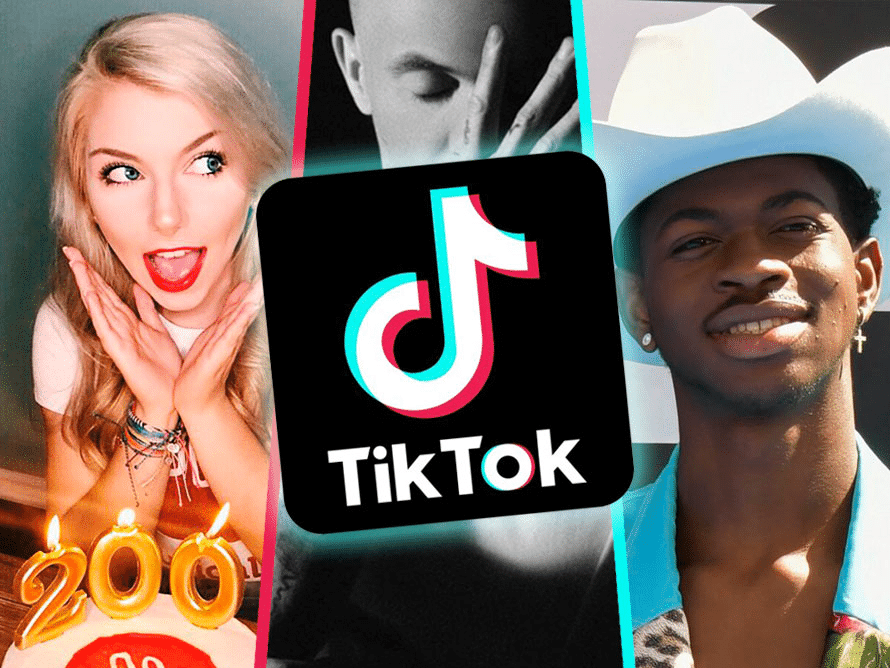Telewerken op mijn nieuwe job… hoe ga ik er mee om?

Afgelopen 24 februari ben ik aan een nieuw avontuur begonnen door me aan te sluiten bij het Brand New Day-team. De coronaviruscrisis was al begonnen en de dramatische gevolgen hiervan begonnen in België voelbaar te worden. Het was dus slechts 3 weken na mijn aankomst dat er binnen Brand New Day werd besloten dat iedereen […]
Efficiënte socialmediastrategieën in een medialandschap in volle verandering

Het medialandschap is de afgelopen jaren sterk geëvolueerd. Vandaag spelen de digitale middelen en de social media een prominente rol in de marketingstrategieën van de adverteerders. Ze bieden de merken immers al lang de mogelijkheid om targetingmiddelen te gebruiken die de traditionele media tot nu niet konden aanbieden. Enkele schandalen, zoals van Cambridge Analytica, brachten […]
Comment appréhender sa stratégie social media dans un univers médiatique en pleine mutation ?

Ces dernières années, le paysage médiatique a profondément évolué et le digital ainsi que les médias sociaux ont pris une place de plus en plus considérable dans les stratégies marketing des annonceurs. Pour cause, ceux-là ont longtemps permis aux marques de recourir à des moyens de ciblage que les médias traditionnels ne pouvaient jusqu’ici pas […]
Understanding audiences by analyzing social media trends

A few days ago, I was scrolling down my LinkedIn’s newsfeed when I read something about a guy who paid 10k so a big influencer with a huge audience could promote his product. It was a fancy, expensive jacket I think. Probably the kind of jacket George Clooney wears. Anyway, this guy was really surprised to […]
Happy people make happy customers

Companies have been building their corporate philosophy and values on the «customer is king » mantra for ages. And you would probably say that it makes perfect sense since without the client, you would not exist and you would be totally right. BUT.. a few months ago, while I was travelling to New York for my […]
You don’t fail at your social media strategy, you just don’t get it right!

Feel like you’re failing at your social media strategy? I know, you’ve probably thought it through and double checked your how-to-succeed-at-social-media-to-do-list! Your branding is on point, your content is great and your social media team is probably amazing as well but you feel like you’re still missing something, THAT something that makes you the Master […]